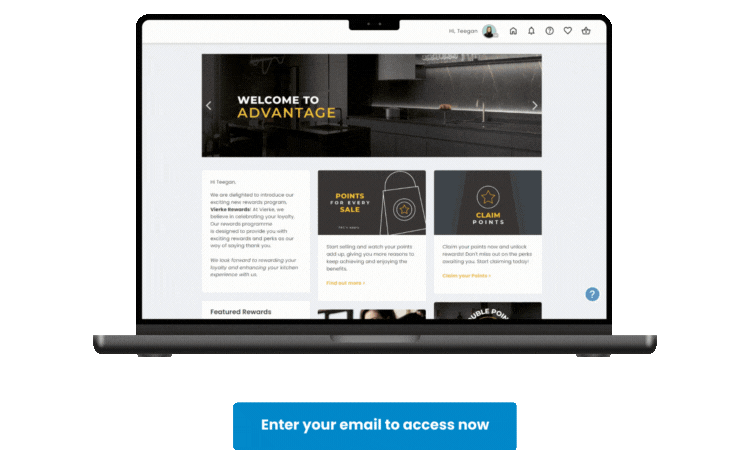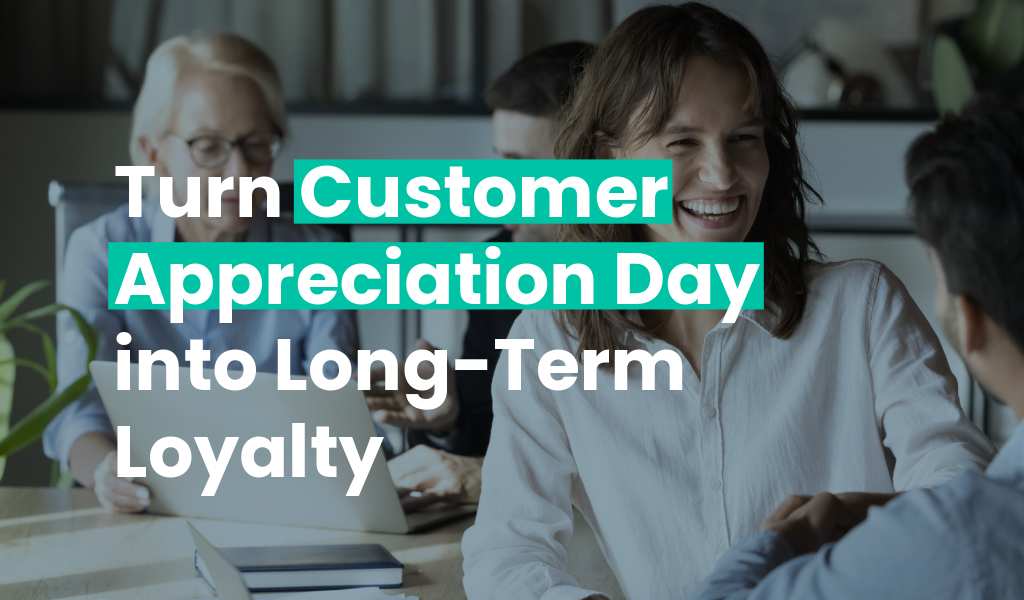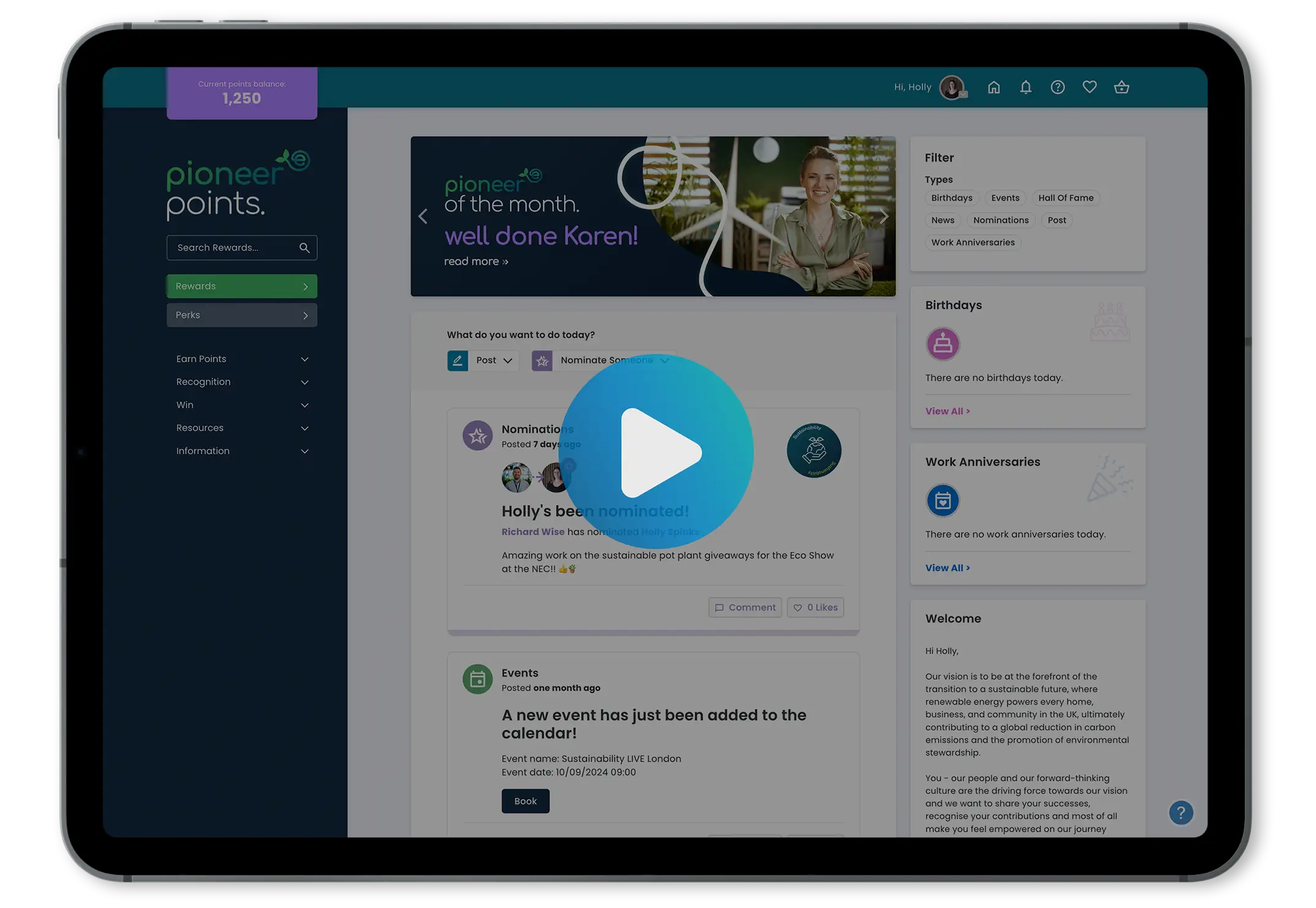


Many marketing professionals and customer-facing teams are measured on customer satisfaction and engagement. The happier the customer, the better! Sounds fairly simple, right? But how do you actually prove these results? How do you report and improve on these areas? What information will help you understand how your customers truly feel? You need a structured process whereby you can really gauge and measure your customer satisfaction.
What is customer satisfaction and how is it measured?
Customer satisfaction measures how happy a customer feels about a product, service, brand interaction or experience and can be calculated by using several tools. These include:
- Net Promoter Score (NPS) An NPS survey typically takes the form of a single survey question asking respondents to rate the likeliness that they would recommend a company, product or service to a friend or colleague.
- Customer Satisfaction Score (CSAT): CSAT focuses on rating the quality of a single aspect of a single action from a customer service chat or a store visit. This gives insight into the type of relationship they have established with the brand or quality of a particular brand asset, but it doesn’t provide a lot of information on how to use their feedback to make any effective improvements. However, without the CSAT metric, you are unable to determine or prevent an increase in your churn rate. Why? Because there’s simply no way of knowing how your customer feels about their interaction with your brand.
The last one we want to discuss is a Customer Effort Score (CES)…
What is a Customer Effort Score?
A customer effort score is based on how much energy a customer had to exert in order to get the desired result from your business. High customer satisfaction occurs when a buyer experiences minimal frustration when it comes to purchasing your product. This is also affected by how you handle friction points in the sales process and what you do to ensure the customer’s experience is a happy one.
Why use a Customer Effort Score?
Utilising a customer effort score has many benefits, one being the ability to make real-time improvements to your process. By receiving insightful feedback from your customers you know exactly how and what to improve on.
Harvard Business Review found that reducing a customer’s effort was more effective in building loyalty rather than increasing satisfaction post-purchase. This will enable you to gain a stronger indication of future purchase behaviour.
How to measure and use a CES:
- Keep things simple.
- Ask a maximum of three questions and give a numerical scale for the response to be scored on.
- Present the survey after key touch points such as website visits, customer service interactions, purchases, or signups.
Here are some best practices on how to word your questions. The first question could be worded around the following phrases:
- ‘How easy was it for you to purchase the product or service you were buying?’
- ‘How easy was it for you to gain the answer to your query?’
- ‘How easy was your issue solved?’
If the first question is answered negatively, then focus the second around the common friction points that the customer could have encountered to cause this:
- I had to re-explain my problem multiple times
- I was transferred between multiple representatives
- I had to contact multiple times about the same query
- I couldn’t find the information I needed
Improving your CES to increase customer satisfaction
Multiple communication channels
You should provide different avenues for customers to get in touch with your brand. Give them the option to choose a convenient and comfortable channel for them. Live chat, social media, email, text and telephone are the typical channels a customer will expect to contact you through. However, it’s important to only offer a method if you can support their journey from start to finish. This means, you shouldn’t try to move the conversation from platform to platform as it only increases friction.
Provide the answer upfront
Receiving the same queries over and over again? Make a note of the frequently asked questions you get and build a catalogue of online content that helps customers to find the information they need without having to get in touch. This increases transparency and the efficiency with which customers can move through your buyer’s journey or resolve an issue. However, try not to use FAQs as a barrier to communication channels though, this can add to frustration!
Think about your buying experience
The overall user experience (UX) of your website will be the main area that contributes to CES. If a customer is struggling with the checkout options you offer or navigating around the website, you are increasing friction. By simplifying UX on your website and making it as intuitive as possible, customers will enjoy browsing your site and purchasing from you, helping to improve CES.
Improve your customer service
Reducing wait times, providing a dedicated support manager, and being able to resolve the query in one conversation will ensure the customer doesn’t have to repeat their question to another staff member.
Train your sales channels
Equip your sales channels and product distributors with all the information a customer may need upfront before making a purchase. Again, if the same FAQs keep cropping up during or after the sale, make sure your sales process addresses those from the onset.
Working on your customer satisfaction is just one factor that can help improve customer retention. Download our guide to find out the other steps you need to take in order to lower your churn rate and improve customer retention and loyalty.



![How to keep customers coming back for more{{ include_custom_fonts({"Poppins":["Semi Bold"]}) }}](https://no-cache.hubspot.com/cta/default/5921162/interactive-188375258646.png)





